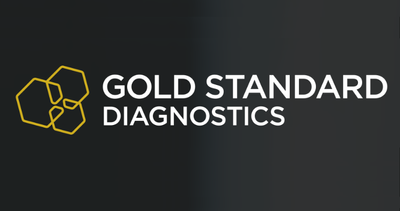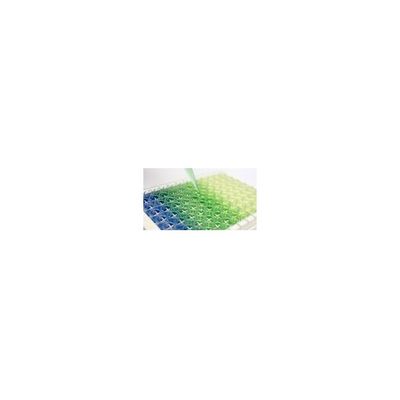

- Home
- Companies
- Gold Standard Diagnostics
- Products
- NovaLisa - Model Candida albicans IgM - ...

NovaLisa - Model Candida albicans IgM - ELISA Test Kits
The Candida albicans IgM ELISA is intended for the qualitative determination of IgM class antibodies against Candida albicans in human serum or plasma (citrate, heparin).
Disease
Candida albicans: Candidiasis
Symptoms
Depending upon the location of C. albicans infection the kind of lesion varies. Oral infections for example show typical creamy white patches of thrush whereas in bronchial candidiasis cough is the most characteristic symptom
Mechanism of Infection
Endogene: Usually candidiasis is due to increased susceptibility to a member of the normal human flora.
Exogene: Transmission between individuals: Infection of new-borns from the birth canal; transmission by non-sterile hospital equipment.
- Diagnostic Sensitivity: 100.0% (95%-width of CI: 66.37% .. 100.0%)
- Diagnostic Specificity: 100.0% (95%-width of CI: 96.97% .. 100.0%)
The qualitative immunoenzymatic determination of specific antibodies is based on the ELISA (Enzyme-linked Immunosorbent Assay) technique.
Microplates are coated with specific antigens to bind corresponding antibodies of the sample. After washing the wells to remove all unbound sample material a horseradish peroxidase (HRP) labelled conjugate is added.
This conjugate binds to the captured antibodies. In a second washing step unbound conjugate is removed. The immune complex formed by the bound conjugate is visualized by adding Tetramethylbenzidine (TMB) substrate which gives a blue reaction product.
The intensity of this product is proportional to the amount of specific antibodies in the sample. Sulphuric acid is added to stop the reaction. This produces a yellow endpoint colour. Absorbance at 450/620 nm is read using an ELISA microwell plate reader.
